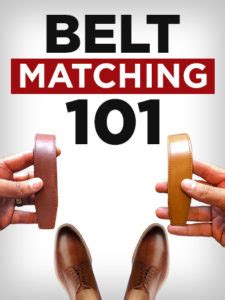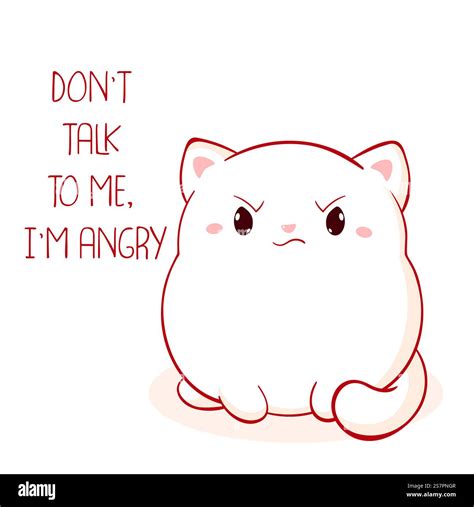Men’s style, for generations, has been a landscape dotted with unwritten rules and unspoken decrees. Some of these sartorial guidelines offer timeless wisdom, ensuring a polished and cohesive look. Others, however, are relics from a bygone era, often rooted in a desire for formality that no longer dictates every aspect of contemporary fashion. It’s time to challenge one such common edict that, in its strictness, stifles personal expression more than it enhances style.

The Sacred Rule of Matching Leather
The rule in question is arguably one of the most frequently cited in men’s fashion: “Your belt and shoes must always match perfectly – same color, same material, same finish.” For decades, this was the golden standard for a well-dressed man, particularly in professional or formal settings. A brown belt demanded brown shoes; black loafers required a black belt. The origin of this rule lies in a desire for impeccable polish and a seamless, unbroken visual line, reflecting an era where attention to detail in formal attire was paramount.

Why This Rule is Ripe for Revolution
While the sentiment behind cohesion is understandable, the strict application of this rule in today’s diverse fashion landscape feels increasingly rigid and unnecessary. Modern menswear is dynamic, embracing texture, subtle contrast, and individual flair over absolute uniformity. Insisting on a perfect match for every outfit can:
- Stifle Creativity: It limits your wardrobe possibilities and discourages experimentation with different shades and materials.
- Feel Outdated: In an era of smart casual and business casual, such strict adherence can appear overly prescriptive and lacking in contemporary edge.
- Disregard Context: The rule’s emphasis on formal harmony often fails to translate effectively to more relaxed or creative outfits, where a perfect match isn’t always the most stylish choice.

Breaking Free: Embracing Harmonious Contrast
The goal isn’t to clash, but to complement. Instead of an exact match, aim for harmonious contrast or a cohesive palette. Here’s how to break the rule effectively:
- Play with Tones: Pair dark brown shoes with a medium brown belt, or black shoes with a dark grey belt. The key is that the tones should work well together, even if they aren’t identical.
- Mix Textures: A smooth leather belt can look fantastic with suede shoes, or a braided leather belt with polished leather Oxfords. This adds depth and interest without sacrificing style.
- Introduce Different Materials: For smart casual looks, a fabric, canvas, or woven belt can be an excellent choice, and it certainly doesn’t need to match your leather shoes. Think an olive canvas belt with tan leather chukkas.
- Consider the Outfit’s Overall Palette: Let your entire ensemble guide your choices. If your outfit has a predominant color family, select a belt and shoes that enhance that palette, even if they don’t match each other directly.

When to Still Consider the Match
While we advocate for breaking this rule, it’s not a blanket dismissal. For ultra-formal events, like black-tie galas, highly conservative business environments, or very traditional weddings, a perfect match still signals meticulous attention to detail and respect for tradition. In these specific contexts, the rule retains some of its power as a marker of conventional elegance.

Ultimately, style is about confidence and conveying who you are, not just adhering to arbitrary mandates. By liberating ourselves from the dogma of perfectly matching belts and shoes, men can unlock a world of versatile, expressive, and truly modern styling possibilities. Embrace thoughtful contrast and let your accessories complement, rather than clone, each other.




